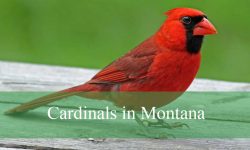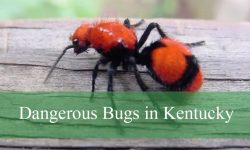Connecticut is home to a fascinating variety of wrens, small yet energetic songbirds known for their loud voices, quick movements, and expressive behavior. Despite their tiny size, these birds command attention in forests, gardens, and marshes across the state. Whether you are a beginner birdwatcher or an experienced birder, learning to identify wrens can deepen your appreciation for Connecticut’s birdlife.
This guide covers the five main types of wrens found in Connecticut — both year-round residents and migratory visitors. You’ll learn about their appearance, behavior, song, size, and preferred habitats, along with helpful identification tips and where to find them.
Carolina Wren (Thryothorus ludovicianus)
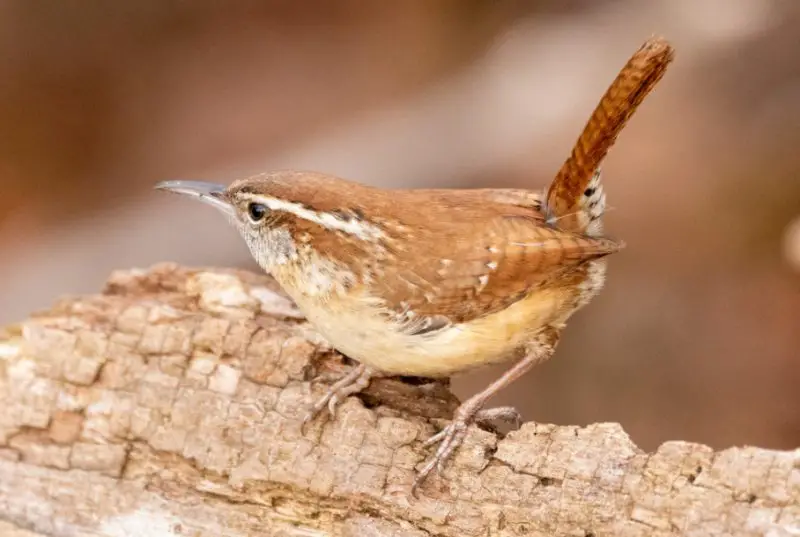
Identification and Appearance
The Carolina Wren is one of Connecticut’s most recognizable wrens, often heard before it’s seen. This small bird has a rich reddish-brown upper body, buffy underparts, and a distinctive white eyebrow stripe. Its slightly curved bill and short, rounded wings give it a compact look. The tail is often cocked upward, a classic wren posture. Adults measure about 5.5 inches long with a wingspan around 11 inches.
Behavior and Vocalization
Carolina Wrens are known for their bold personalities and loud “teakettle-teakettle” song, which echoes throughout woodlands and suburban backyards. Males sing all year long, and pairs often remain together throughout life. They’re territorial and will chase away larger birds when defending their nesting area.
Habitat and Range in Connecticut
In Connecticut, the Carolina Wren is a year-round resident, favoring wooded areas, brushy edges, and residential gardens. They often nest in unusual spots such as mailboxes, flowerpots, and hanging planters. Their population has gradually increased in the state thanks to warmer winters.
Feeding and Nesting Habits
Their diet mainly includes insects, spiders, and occasionally seeds or suet during colder months. They forage close to the ground, probing bark and leaf litter for hidden prey. The female builds a domed nest with a side entrance, lined with feathers and grass, where she lays 4–6 eggs.
House Wren (Troglodytes aedon)
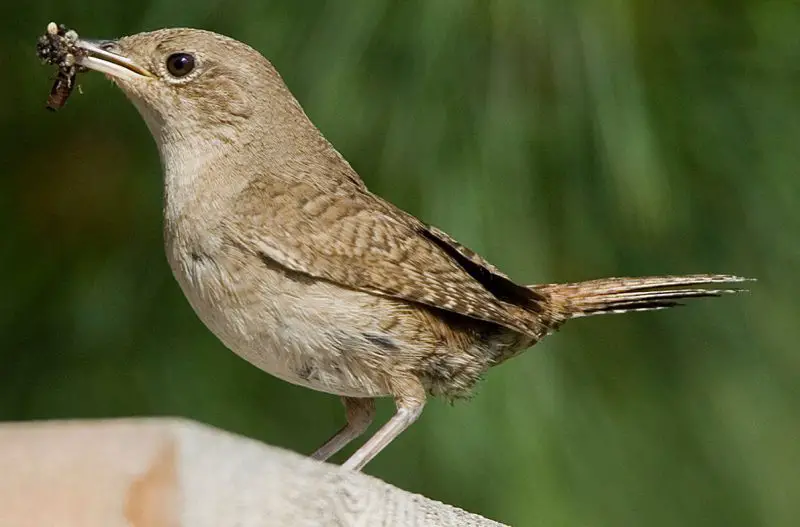
Identification and Appearance
The House Wren is one of the most widespread and familiar wrens across North America. It’s a small, brown bird measuring about 4.7 inches long with a wingspan of 6 inches. It has a plain brown body, faint eyebrow, and a slightly barred tail. Though not brightly colored, its lively behavior and constant motion make it easy to spot.
Behavior and Song
This species is known for its energetic personality and bubbly song, a series of trills and chatters that fill the air during spring and summer. Males often sing persistently while displaying near nest cavities, competing for the attention of females. They’re also fiercely territorial, sometimes removing eggs of other birds from nearby nest boxes.
Habitat and Range in Connecticut
In Connecticut, House Wrens are common summer residents and breeders, arriving in April and migrating south by October. They thrive in open woodlands, backyards, orchards, and parks, especially where nest boxes are available. They adapt well to human presence, often nesting in man-made structures.
Feeding and Nesting Behavior
Their diet consists mostly of insects, beetles, caterpillars, and spiders, which they catch by darting through shrubs and foliage. Nests are built in cavities, using twigs, feathers, and grass. A typical clutch contains 5–8 eggs, and both parents help feed the chicks until they fledge after about two weeks.
Winter Wren (Troglodytes hiemalis)

Identification and Appearance
The Winter Wren is one of the smallest wrens found in Connecticut, measuring only 3.5 to 4 inches long. Its compact body, short tail, and rich brown plumage with dark barring make it resemble a tiny ball of feathers. The pale eyebrow stripe is subtle but noticeable in good light, and its bill is short and thin.
Behavior and Vocalization
Winter Wrens are famous for their incredibly long and complex songs, often lasting several seconds and consisting of rapid, melodic trills. Despite their small size, their voices carry surprisingly far through dense woodland. They often hop low along fallen logs and forest floors, flicking their tails and disappearing into tangles of roots or moss.
Habitat and Seasonal Presence
In Connecticut, Winter Wrens are uncommon winter visitors and migrants, seen mostly in dense evergreen forests, ravines, and swampy woods. They may also appear in suburban areas with thick understory vegetation. During migration, they can be spotted near rivers or shaded backyards.
Feeding and Nesting Behavior
They mainly eat insects, spiders, and larvae, probing crevices in bark or decaying logs for prey. In their breeding range further north, they build mossy, dome-shaped nests hidden in roots or stumps. Although they don’t usually nest in Connecticut, they provide delightful winter sightings for patient birders.
Marsh Wren (Cistothorus palustris)
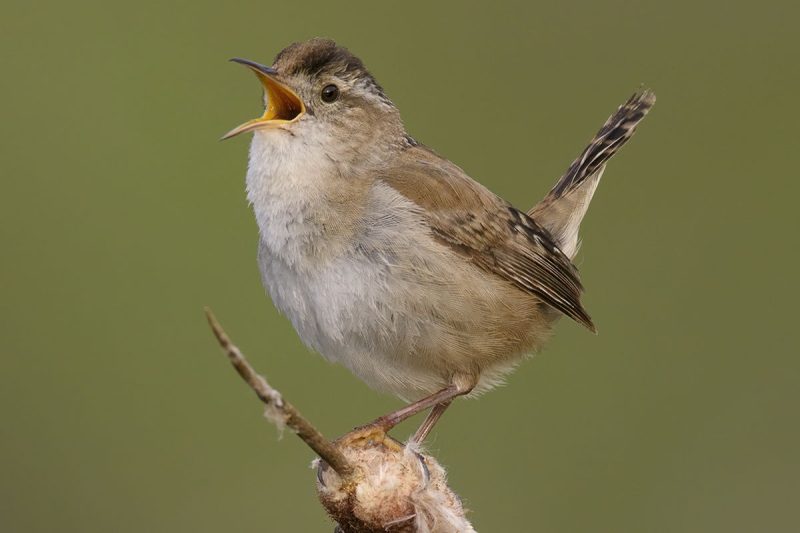
Identification and Appearance
The Marsh Wren is perfectly adapted to wetland life. It has a brown back with black and white streaks, a light eyebrow line, and a short, cocked tail. Measuring around 5 inches long, this bird is often heard before it’s seen, as it darts among reeds and cattails. Males and females look similar.
Behavior and Vocalization
Marsh Wrens are known for their harsh, gurgling song, which they repeat frequently during the breeding season. Males are particularly active singers, using their calls to defend territories and attract mates. These birds are secretive but energetic, constantly climbing through vegetation and flicking their wings.
Habitat and Range in Connecticut
In Connecticut, Marsh Wrens are found mainly in coastal marshes and inland wetlands during the spring and summer breeding months. They build multiple nests — one for breeding and several “dummy” nests as decoys against predators. You can often spot them at Hammonasset Beach State Park and other marshy reserves.
Feeding and Breeding Habits
Their diet includes insects, small beetles, and spiders collected among reeds. Females lay 4–6 eggs in a woven nest suspended above the water, crafted from grasses and cattail leaves. They prefer dense wetlands with standing water, making them one of Connecticut’s most habitat-specific wrens.
Sedge Wren (Cistothorus stellaris)
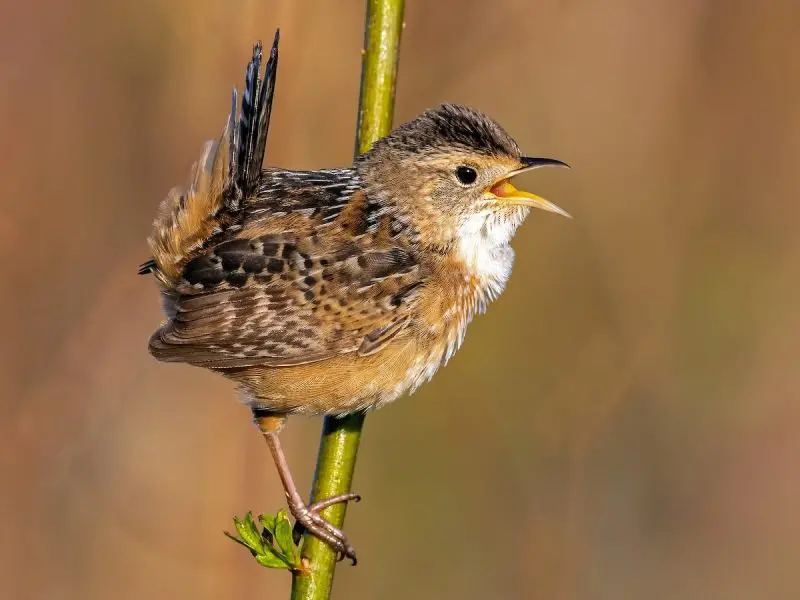
Identification and Appearance
The Sedge Wren is a small, secretive bird with a streaked brown back, faint white eyebrow, and light buff underparts. It measures about 4.5 inches long with a short, barred tail. It resembles the Marsh Wren but has more streaks on its head and back, and a shorter, less curved bill.
Behavior and Vocalization
Sedge Wrens are elusive and unpredictable — they often appear suddenly in new locations and disappear just as quickly. Their song is a series of dry, chattering notes unlike the melodious House Wren. They’re often seen flitting low over sedges and grasses, rarely perching in the open for long.
Habitat and Range in Connecticut
This species is very rare in Connecticut, typically observed during migration or occasional summer breeding attempts in wet meadows and grasslands. They favor moist fields with tall grasses or sedges, avoiding heavily flooded marshes. Their irregular presence makes them a thrilling find for experienced birdwatchers.
Feeding and Nesting Behavior
Their diet includes small insects, larvae, and spiders, captured among low vegetation. They construct dome-shaped nests woven from grass, hidden within dense sedges. Because of their sensitivity to habitat disturbance, conservation of wet meadows is essential for supporting occasional Sedge Wren populations in the state.
Best Time and Places to See Wrens in Connecticut
The best time to observe wrens in Connecticut is from spring through early fall, typically between April and October. During this period, House Wrens and Marsh Wrens are most active as they build nests and raise their young. Their cheerful songs can be heard in gardens, wetlands, and open fields across the state.
In the colder months, Carolina Wrens remain in Connecticut year-round, often brightening winter days with their loud, melodious calls. Winter Wrens, on the other hand, are short-term visitors, usually seen in shaded forests before they migrate south. By late summer, birdwatchers may be lucky enough to spot the elusive Sedge Wrens in grassy meadows or marshy areas.
For the best birding experience, Hammonasset Beach State Park in Madison offers prime viewing opportunities for Marsh Wrens, especially near the wetlands. The Audubon Center at Bent of the River in Southbury is a great place to encounter House and Carolina Wrens, while the White Memorial Conservation Center in Litchfield provides excellent habitats for Winter Wrens along wooded ravines. Stratford Point and Silver Sands State Park are also rewarding coastal spots where rare wren species may appear during migration.
Visiting these locations early in the morning or late in the afternoon, when wrens are most active, significantly improves your chances of spotting them. Bringing a good pair of binoculars and moving quietly through their habitats will help ensure a memorable birdwatching experience.
Identification Tips for Wrens in Connecticut
-
Tail position: Most wrens hold their tails cocked upward — a signature behavior.
-
Song and call: Each species has a unique vocal pattern; listening is often more reliable than visual spotting.
-
Habitat clues: Marsh Wrens prefer wetlands, while Carolina Wrens stick to wooded backyards.
-
Behavior: Wrens are restless and curious, often hopping and flicking their wings while foraging.
Learning these distinctions makes identifying wrens far easier, even when the birds themselves remain hidden among vegetation.
FAQs About Wrens in Connecticut
Are wrens common in Connecticut?
Yes. The Carolina Wren and House Wren are the most common species in Connecticut. The others — Winter, Marsh, and Sedge Wrens — are less frequent or seasonal visitors.
Do wrens migrate from Connecticut in winter?
Most wrens, such as House Wrens and Marsh Wrens, migrate south during the winter. However, Carolina Wrens remain year-round, and Winter Wrens arrive from northern regions to spend the colder months in Connecticut.
What do wrens eat in Connecticut?
Wrens mainly eat insects, spiders, caterpillars, and small beetles. During winter, they may supplement their diet with seeds, berries, and suet provided by bird feeders.
Can I attract wrens to my backyard?
Absolutely. Install birdhouses or nesting boxes, keep some bushes and shrubs for shelter, and avoid heavy pesticide use. Adding suet or mealworms to feeders also attracts Carolina Wrens and House Wrens.
Where do wrens build their nests?
Wrens build cup- or dome-shaped nests in cavities, shrubs, hanging planters, or reed clusters depending on the species. House Wrens and Carolina Wrens often use nest boxes or crevices near homes.
Conclusion
Wrens bring life and music to Connecticut’s landscapes, from forest edges to backyard gardens. Despite their small size, these birds are powerful singers, diligent parents, and fascinating to observe. The five species of wrens in Connecticut — Carolina, House, Winter, Marsh, and Sedge Wrens — each add unique character to the state’s birdlife.
Whether you’re exploring coastal marshes or listening to cheerful songs in your backyard, paying attention to wrens will reward you with countless memorable encounters. Keep your binoculars ready, your ears open, and enjoy discovering these tiny but mighty songbirds.



